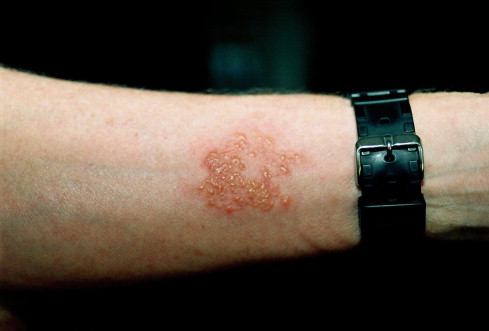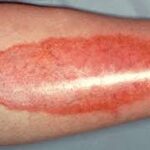Necator americanus is a species of hookworm that infects humans, causing anemia and other health complications. This parasitic nematode primarily affects individuals in tropical and subtropical regions, where poor sanitation and contaminated soil contribute to its transmission. Understanding the infection’s lifecycle, symptoms, and treatment is crucial for effective management and prevention.

Lifecycle and Transmission of Necator americanus
1. Egg to Larva Development
- Adult female hookworms lay eggs in the intestines of infected individuals.
- Eggs are excreted through feces and hatch in warm, moist soil within 1-2 days.
- Larvae (rhabditiform) emerge and develop into infectious filariform larvae.
2. Host Penetration and Migration
- Infectious larvae penetrate human skin, usually through bare feet.
- They travel via the bloodstream to the lungs, where they migrate up the trachea and are swallowed into the digestive system.
- Once in the intestines, they mature into adult hookworms and attach to the intestinal walls, feeding on blood and nutrients.
Symptoms of Necator americanus Infection
Early Symptoms
- Itchy rash (ground itch) at the site of larval penetration
- Mild respiratory issues (cough, wheezing) as larvae pass through lungs
Chronic Symptoms
- Abdominal pain and diarrhea
- Fatigue and weakness due to blood loss
- Severe iron-deficiency anemia, leading to pallor and dizziness
- Growth retardation and cognitive impairment in children
Diagnosis of Hookworm Infection
1. Stool Examination
- Microscopic analysis of feces to detect Necator americanus eggs
2. Blood Tests
- Complete blood count (CBC) to check for anemia and eosinophilia (high eosinophil levels)
- Serum iron and ferritin levels to assess nutritional deficiencies
3. Molecular and Serological Tests
- Polymerase chain reaction (PCR) for hookworm DNA detection
- ELISA (enzyme-linked immunosorbent assay) for antibody detection
Treatment of Necator americanus Infection
1. Antiparasitic Medications
- Albendazole (400 mg, single dose) – Effective in killing adult worms
- Mebendazole (100 mg, twice daily for 3 days) – Alternative deworming medication
2. Iron Supplementation
- Necessary for treating anemia and restoring iron levels
3. Supportive Care
- Nutritional support with iron-rich foods and vitamin C to enhance iron absorption
Prevention and Control Measures
1. Improved Sanitation
- Proper disposal of human waste to prevent soil contamination
2. Wearing Protective Footwear
- Avoid walking barefoot in endemic regions
3. Mass Deworming Programs
- Routine administration of antiparasitic medications in affected populations
4. Health Education
- Raising awareness about hygiene and preventive measures
Necator americanus infection remains a significant public health concern, particularly in regions with poor sanitation. Early detection, effective treatment, and preventive strategies can help reduce the burden of this parasitic disease. By maintaining proper hygiene, wearing protective footwear, and supporting deworming programs, we can minimize the spread and impact of hookworm infections worldwide.

